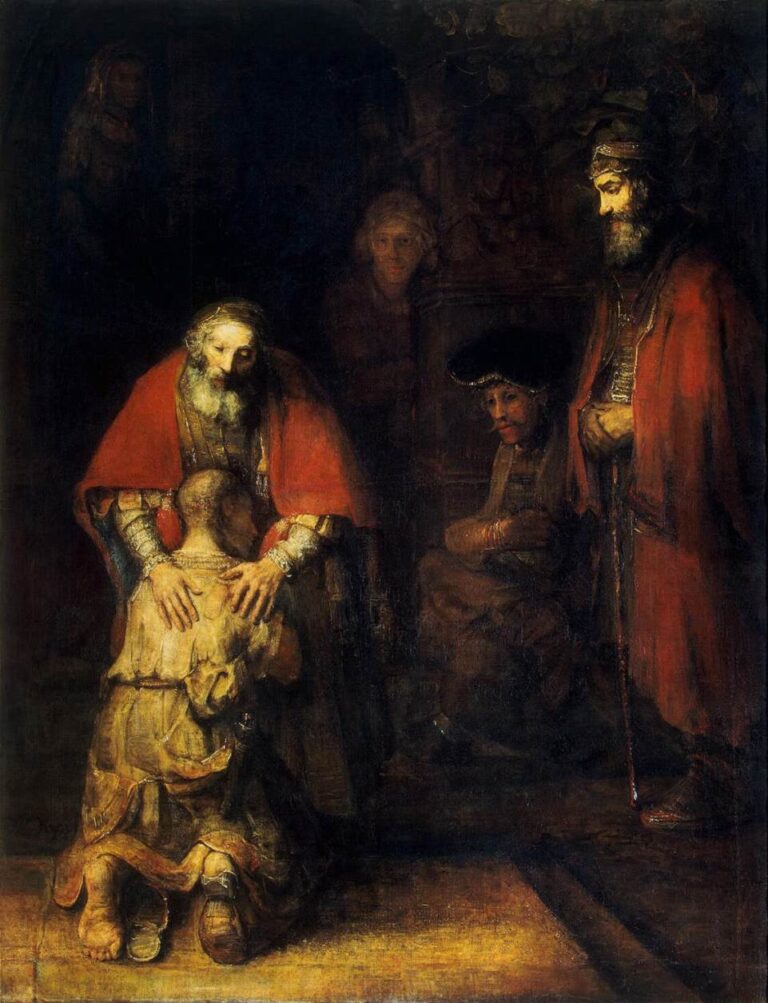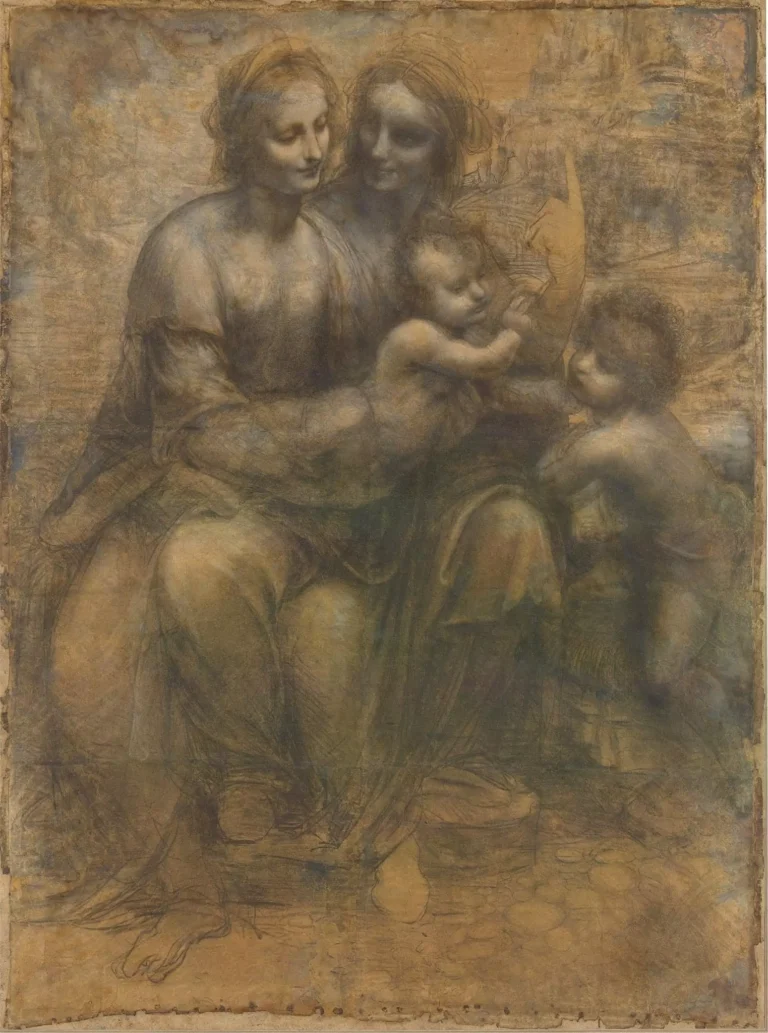Looking for a muse? Check no further. Discover the Best of Art, Culture, History & Beyond!
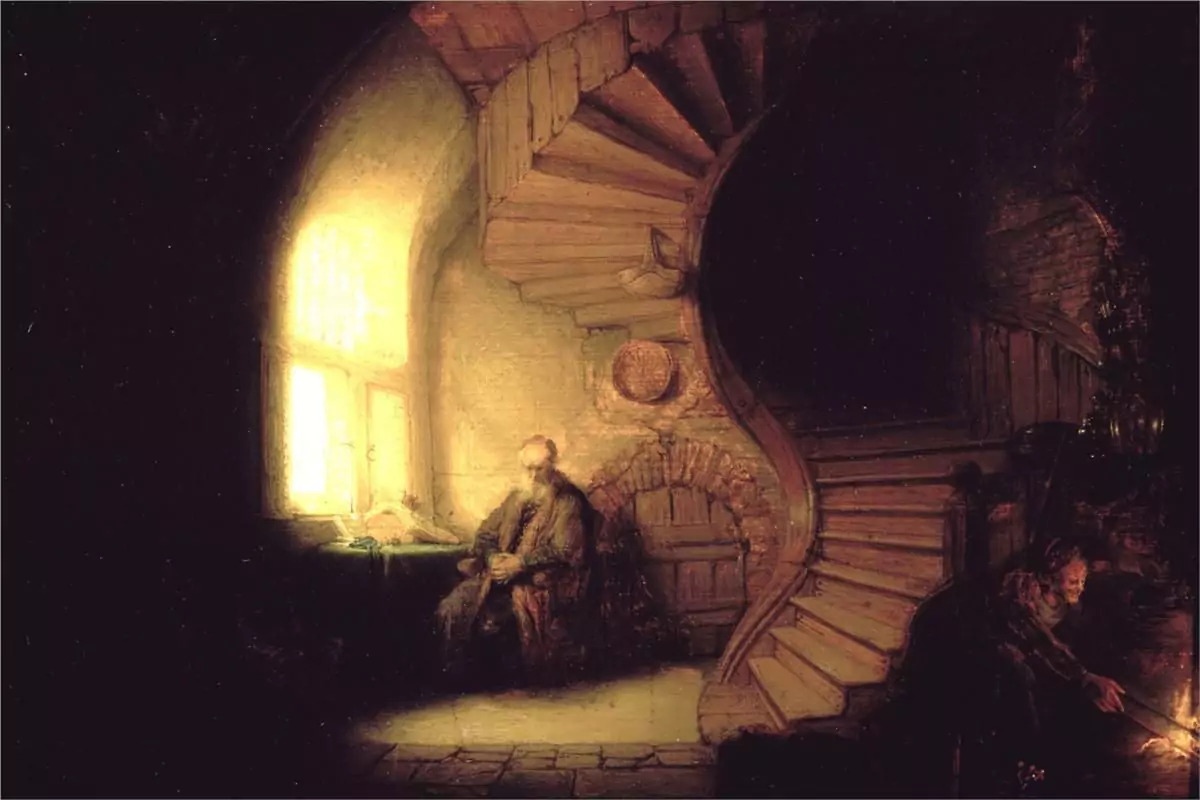
Imagine stepping into a dimly lit room where a single beam of light pierces through the darkness, illuminating the face of a solitary figure. The interplay of light and shadow not only reveals the physical form but also evokes a profound emotional response. This is the magic of chiaroscuro, a technique mastered by the Dutch painter Rembrandt van Rijn. Through his innovative use of dramatic lighting, Rembrandt delved deep into the human psyche, capturing the essence of emotion in his art.
The Essence of Chiaroscuro
Chiaroscuro, derived from the Italian words for “light” (chiaro) and “dark” (scuro), refers to the artistic technique of using strong contrasts between light and dark to model three-dimensional forms on a flat surface. While artists before Rembrandt, such as Caravaggio, employed this method to create dramatic effects, Rembrandt elevated it to new heights by infusing it with emotional depth and psychological insight.
Rembrandt’s Journey with Light and Shadow
Born in 1606 in Leiden, Netherlands, Rembrandt’s fascination with light and shadow began early in his career. As he honed his craft, he moved beyond mere representation, using chiaroscuro to explore the complexities of human emotion and experience. His paintings became more than just visual depictions; they transformed into narratives that spoke to the soul.
The Night Watch: A Study in Collective Emotion
One of Rembrandt’s most celebrated works, The Night Watch (1642), showcases his mastery of chiaroscuro on a grand scale. This monumental painting depicts a militia company led by Captain Frans Banning Cocq. Through his strategic use of light and shadow, Rembrandt directs your gaze across the canvas, highlighting key figures and creating a sense of movement and urgency.
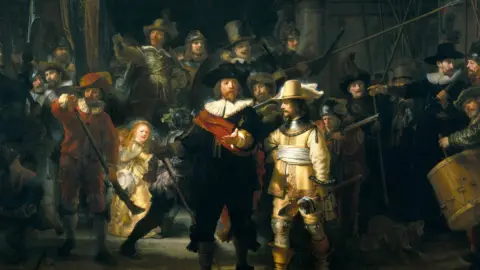
The central figures are bathed in light, drawing attention to their prominence, while the surrounding members fade into the shadows, yet each face is rendered with individuality. This interplay not only emphasizes the hierarchy within the group but also captures a spectrum of emotions—from pride and determination to anticipation and camaraderie.
The Anatomy Lesson of Dr. Nicolaes Tulp: Illuminating Knowledge
In The Anatomy Lesson of Dr. Nicolaes Tulp (1632), Rembrandt presents a group of physicians gathered around Dr. Tulp as he demonstrates a dissection. Here, light serves as a metaphor for knowledge and enlightenment. Dr. Tulp’s illuminated face and hands guide your attention to the cadaver, the focal point of the lesson.
The surrounding figures, partially cloaked in shadow, lean in with rapt attention, their expressions ranging from curiosity to contemplation. Rembrandt’s use of chiaroscuro not only highlights the central action but also delves into the collective psyche of the observers, capturing the gravity and reverence of the moment.
Self-Portraits: A Mirror to the Soul

Throughout his life, Rembrandt painted numerous self-portraits, using chiaroscuro to explore his own visage and the passage of time. In Self-Portrait with Two Circles (c. 1665-1669), he presents himself as an older man, gazing directly at you with an air of introspection.
The play of light and shadow across his face accentuates the lines and textures of age, conveying a sense of wisdom and experience. The background, dominated by two enigmatic circles, remains subdued, ensuring that your focus remains on the artist’s penetrating gaze. Through this chiaroscuro technique, Rembrandt invites you into a personal dialogue, sharing his inner reflections and emotions.
The Jewish Bride: An Intimate Embrace
In The Jewish Bride (c. 1665), Rembrandt captures a tender moment between a couple, believed to be a portrayal of Isaac and Rebecca from the Old Testament. The soft, diffused lighting envelops the pair, creating an intimate atmosphere.
The man’s gentle touch and the woman’s serene expression are accentuated by the subtle contrasts of light and shadow, emphasizing their emotional connection. Rembrandt’s delicate application of chiaroscuro in this piece evokes a sense of warmth, love, and mutual respect, allowing you to feel the depth of their bond.
The Philosopher in Meditation: Contemplation in Light and Shadow
The Philosopher in Meditation (1632) is a masterful example of how Rembrandt uses chiaroscuro to convey introspection and solitude. The painting depicts an elderly man seated by a window, bathed in soft light, with a spiral staircase descending into darkness beside him.
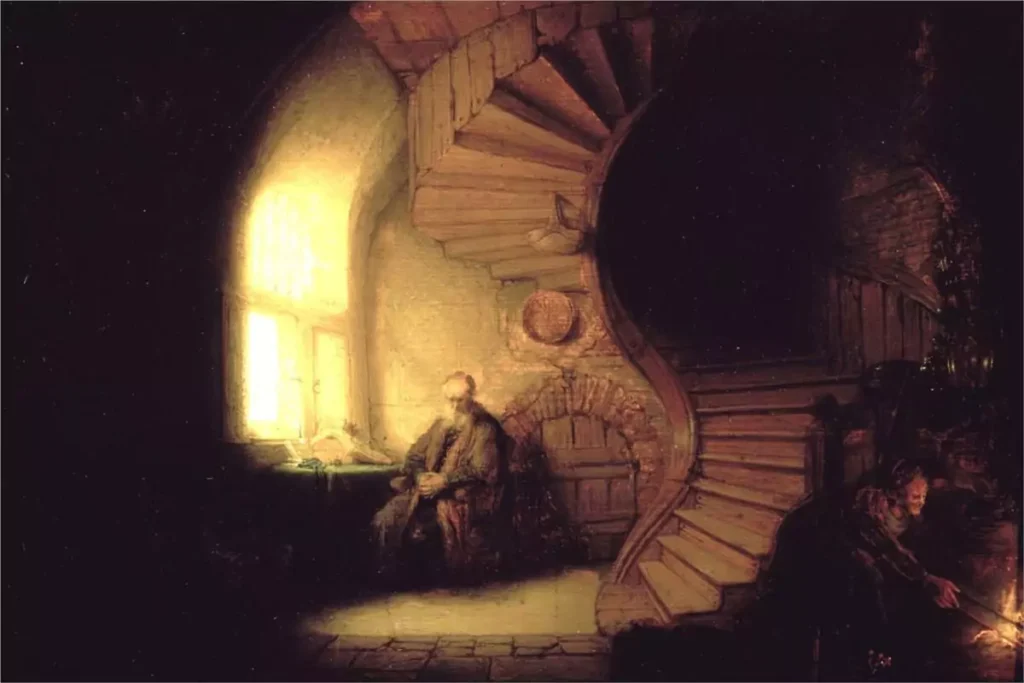
The juxtaposition of the illuminated figure against the shadowy background symbolizes the contrast between knowledge and the unknown, thought and action. The serene expression on the philosopher’s face, highlighted by the gentle play of light, invites you to ponder the depths of human thought and the mysteries of existence.
The Return of the Prodigal Son: Forgiveness and Redemption
In one of his later works, The Return of the Prodigal Son (c. 1668-1669), Rembrandt portrays the biblical parable with profound emotional resonance. The painting depicts the moment of reconciliation between the wayward son and his forgiving father.
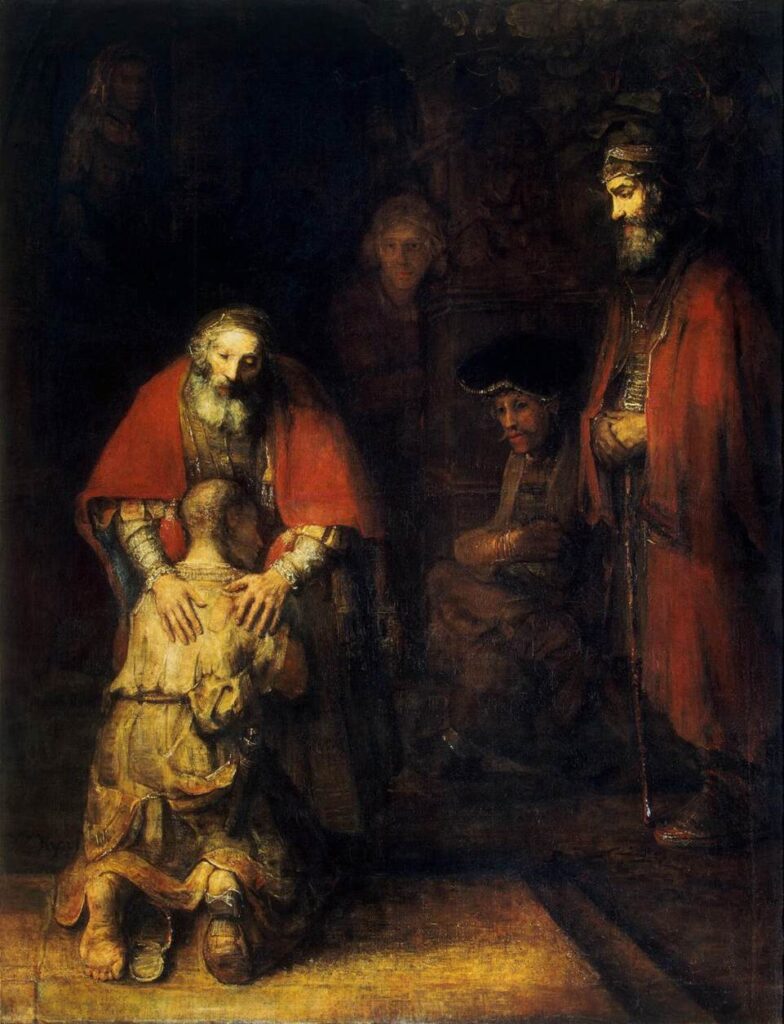
The father’s face and hands are illuminated, symbolizing compassion and mercy, while the son’s figure is shrouded in shadow, representing his remorse and humility. The surrounding figures emerge subtly from the darkness, their expressions reflecting a range of emotions from empathy to judgment. Through his expert use of chiaroscuro, Rembrandt conveys the themes of forgiveness, redemption, and unconditional love, inviting you to reflect on the complexities of human relationships.
The Storm on the Sea of Galilee: Chaos and Divine Intervention
The Storm on the Sea of Galilee (1633), Rembrandt’s only known seascape, captures the dramatic moment when Jesus calms the raging storm. The composition is dominated by the tumultuous sea and dark, stormy skies, with a burst of light illuminating the central figures—Jesus and his disciples, battling the waves in desperation. The use of chiaroscuro here heightens the sense of drama and divine intervention.
The light in this painting acts as a beacon of hope, emphasizing Christ’s presence amid the chaos. Some of the disciples are caught in sharp highlights, while others are swallowed in deep shadows, mirroring their emotional turmoil. The diagonal composition, exaggerated contrasts, and dramatic lighting all contribute to the intensity of the moment, making this one of Rembrandt’s most powerful biblical narratives.
Why Chiaroscuro Made Rembrandt Unique
While many artists before Rembrandt, including Caravaggio and Leonardo da Vinci, had used chiaroscuro to create dramatic effects, Rembrandt’s approach was different in one fundamental way—he didn’t just use light for drama, he used it to explore human emotion.

Here’s what set his technique apart:
1. Psychological Depth Over Theatricality
Unlike Caravaggio, who often used stark, theatrical lighting for immediate impact, Rembrandt softened his contrasts and allowed light to act as a subtle, psychological force. His chiaroscuro wasn’t just about highlighting figures—it was about revealing their inner lives.
2. A Painter of Emotion, Not Just Form
Rembrandt had a deep interest in human vulnerability, doubt, and introspection. His use of chiaroscuro often makes his subjects feel tender, exposed, and deeply human, rather than simply heroic or dramatic.
Take his self-portraits—he often bathes his own aging face in gentle light, embracing imperfections and emotion rather than idealized beauty.
3. Light as a Narrative Device
In Rembrandt’s paintings, light tells a story. Whether it’s divine grace shining on Christ, the flickering of knowledge in a scholar’s study, or the tender warmth between lovers, his use of light and shadow guides your eyes through the painting and into the emotional core of the subject.
Rembrandt’s Influence on Art Today
Even centuries after his death, Rembrandt’s mastery of chiaroscuro continues to inspire artists, photographers, and filmmakers.
- In Painting – His influence can be seen in the works of later Baroque painters, Romantic artists like Goya, and even contemporary realist painters.
- In Photography – Many portrait photographers use “Rembrandt lighting,” a technique where a single light source creates a distinctive triangular highlight on the shadowed side of the face.
- In Film and Cinematography – Directors like Stanley Kubrick and Ridley Scott have used chiaroscuro lighting to create atmospheric and dramatic storytelling.
Rembrandt’s understanding of light as an emotional tool is still as relevant today as it was in the 17th century.
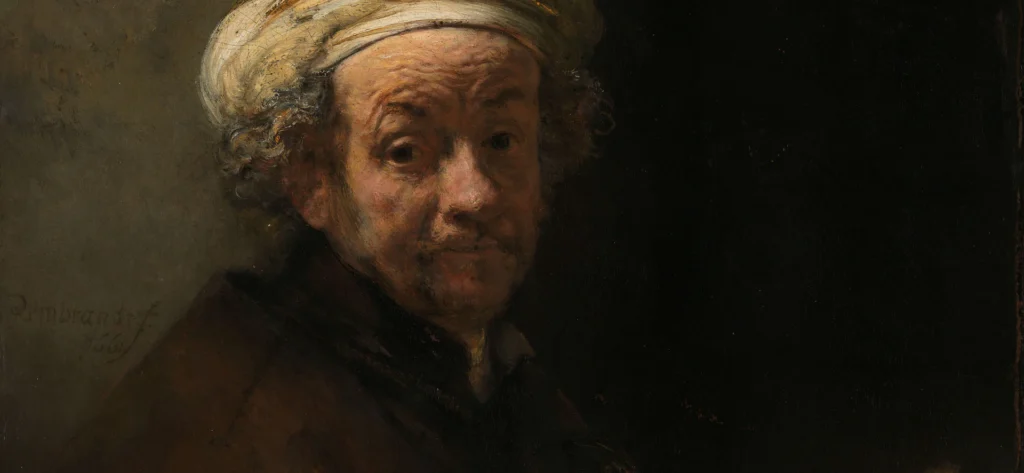
Final Thoughts: The Eternal Power of Light and Shadow
When you look at a Rembrandt painting, you don’t just see a face—you feel a life story. His command of chiaroscuro wasn’t just about technique, it was about connection.

His light isn’t simply an external force—it’s internal, emotional, deeply human. Whether illuminating the sorrow of a prodigal son, the wisdom of an aging philosopher, or the quiet intensity of a self-portrait, Rembrandt’s chiaroscuro pulls you into the soul of his subjects.
So next time you stand in front of a Rembrandt, take a moment. Watch how his light moves—how it flickers, softens, or erupts in bursts of drama. Let it guide you, not just through the painting, but into the depths of human experience itself.
That’s why, more than 350 years later, his light still shines.

This article is published on ArtAddict Galleria, where we explore the intersections of art, history, and culture. Stay tuned for more insights and discoveries!
